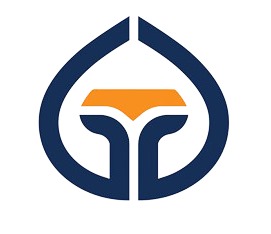AI: Tools and Technologies
Understanding Artificial Intelligence and Its Growing Role
in Our Everyday Lives
In today’s rapidly changing world, Artificial Intelligence (AI) has become the invisible hand shaping our digital lives. From the voice that answers your questions on your phone to the movie that gets recommended when you open Netflix, AI is quietly working behind the scenes. But what exactly is AI? How does it work? And why is everyone talking about it as the future of everything?
This story takes you through the journey of AI, from its simple beginnings to the powerful systems shaping our present and future, in the easiest, most human way possible.
Laying the Foundation: What is Artificial Intelligence?
Artificial Intelligence simply means teaching machines to think and learn like humans, not emotionally, but logically. It helps computers recognize faces, understand languages, predict outcomes, and make decisions automatically.
Think of it this way, when you use Google Maps and it shows the fastest route; that’s AI learning from millions of data points about traffic. When YouTube or Netflix suggests what to watch next, it’s AI understanding your taste. And when Alexa or Siri answers your questions, that’s AI communicating with you through voice recognition.
In short, AI learns from experience, just like humans, the more data it gets, the smarter it becomes.
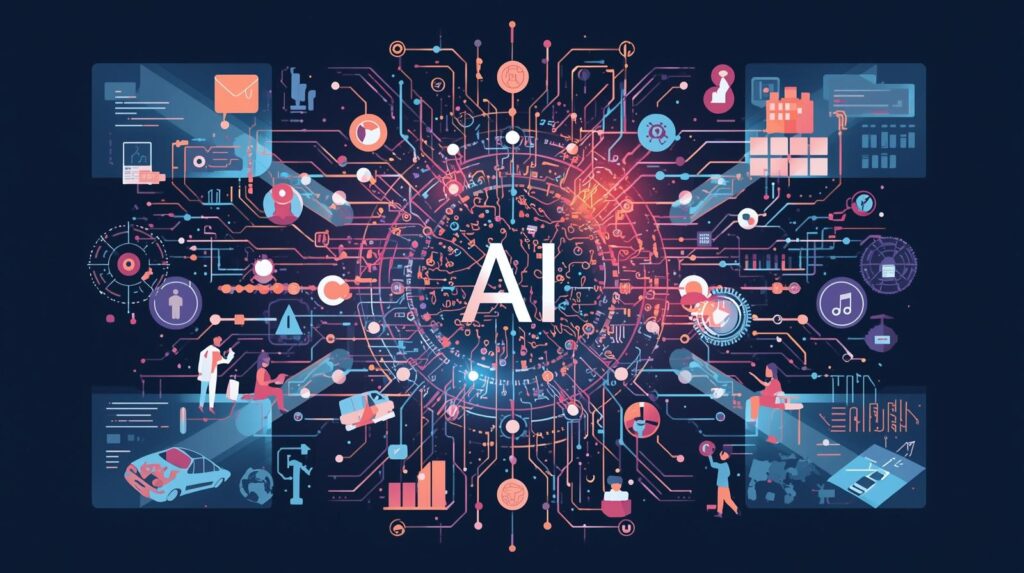
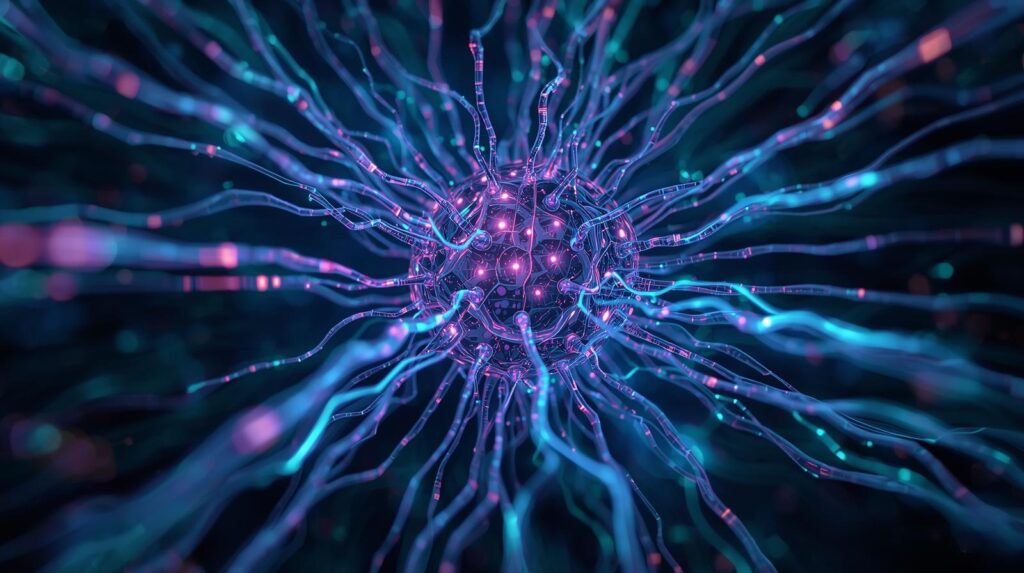
The Working Brain Behind AI
Just as a human brain processes thoughts and memories, AI processes data. It goes through three simple steps:
1. Input: The information it receives like an image, sound, or text.
2. Processing: The system studies that data using algorithms to find patterns.
3. Output: It delivers a result like identifying your face in a photo or predicting tomorrow’s weather.
Over time, AI improves with practice every bit of new data helps it learn and perform better. It’s just like a child learning from daily experiences.
How AI Learns: The Evolution of a Digital Mind
The evolution of AI began with simple mathematical formulas and now touches every part of our lives. Let’s look at its main building blocks.
1. Algorithms: The Step-by-Step Recipes
An algorithm is like a cooking recipe. It tells the computer what steps to follow to achieve a result. For example, a recipe for tea gives clear instructions; boil water, add tea leaves, sugar, and milk. Similarly, an algorithm guides AI to reach a goal using data. Algorithms can be simple, like sorting numbers, or complex, like recognizing faces in photos or predicting weather patterns using massive datasets and intelligent decision-making.
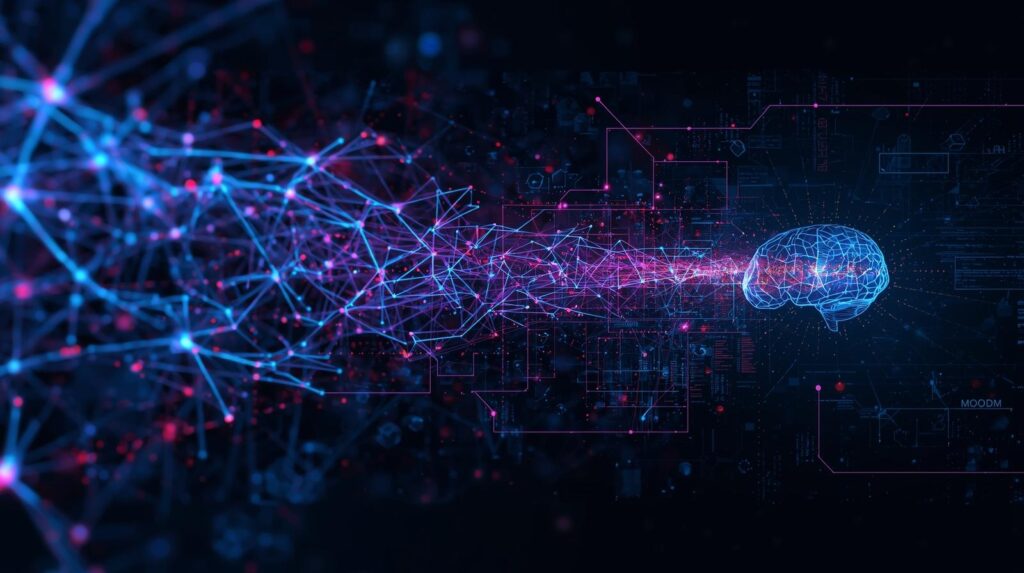
2. Neural Networks: The Digital Brain
Neural networks are modeled after the human brain. They contain many small “neurons” that pass information between layers, helping the system recognize complex things like speech, handwriting, or even emotions from a photo.
3. Machine Learning and Deep Learning: The Practice Makes Perfect
In Machine Learning, AI learns from data automatically, without being told what to do each time. Deep Learning goes further, using multiple layers to handle advanced problems like image recognition, speech, or translation.
4. Evolution of AI: From Simple to Smart
AI has grown from calculators and logic systems to today’s conversational chatbots, self-driving cars, and even artists that paint or compose music. Every leap came from faster computers, bigger data, and smarter algorithms.
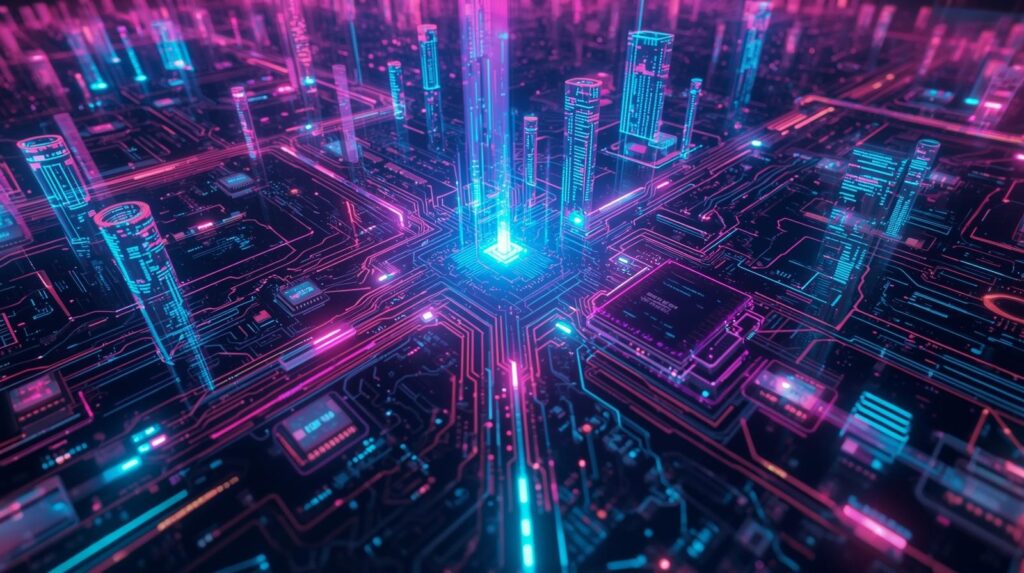
The Tools That Power AI
Just as craftsmen need tools to create art, AI developers use special tools and platforms to bring ideas to life.
Conversational AI Tools
● ChatGPT (OpenAI): The most versatile AI for chatting, writing, coding, and learning.
● Google Gemini (formerly Bard): Great for AI conversations tied to search.
● Claude (Anthropic): Designed for safe, thoughtful AI interactions.
● Perplexity AI: Combines AI chat with live web search for updated answers.
AI Model Development Platforms
● TensorFlow and PyTorch: Powerful frameworks to build and train AI models.
● Hugging Face: Offers pre-trained AI models for text, voice, and vision.
● Google Colab: A free, cloud-based notebook to write and run Python code online.
Creative AI Tools
● Midjourney and Leonardo AI: Create beautiful art and images from simple text prompts.
● Runway ML: Edit photos and videos using AI magic.
● Synthesia: Turns plain text into videos featuring AI avatars.
Writing and Productivity Tools
● Notion AI: Helps organize notes, ideas, and writing.
● Writesonic and Copy.ai: Perfect for blogs, ads, or creative marketing content.
Building Your Own AI: The First Step
Creating AI may sound like rocket science, but with the right tools, even beginners can do it! All you need is curiosity, basic Python knowledge, and access to Google Colab. For example, imagine you want to create a simple AI that predicts a student’s marks based on study hours. With just a few lines of Python code using a library called scikit-learn, you can train your own model.
Once you run it, the AI will predict marks for a given number of hours , just like a digital teacher making an educated guess!
That’s how simple and fun AI learning can be.
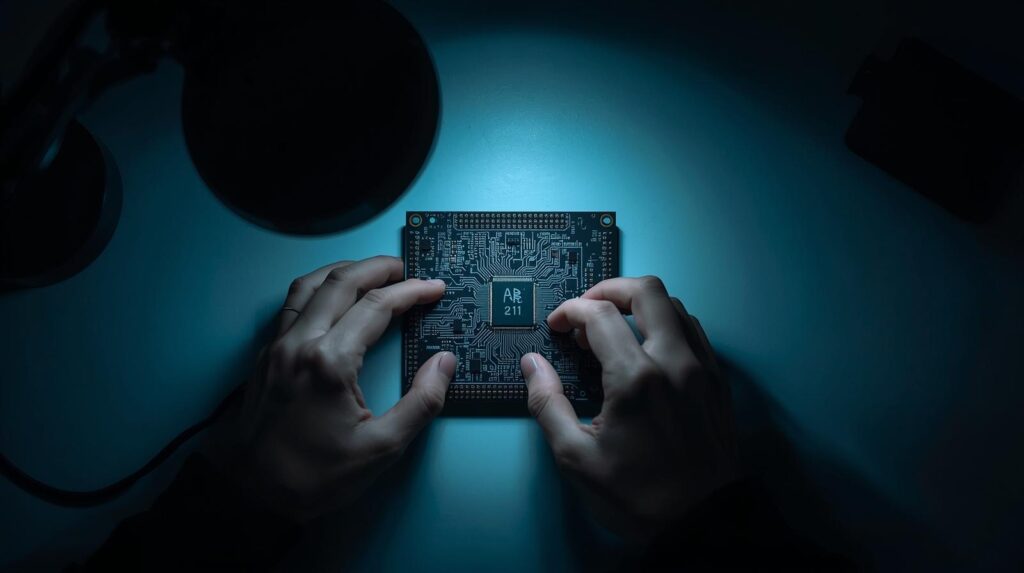
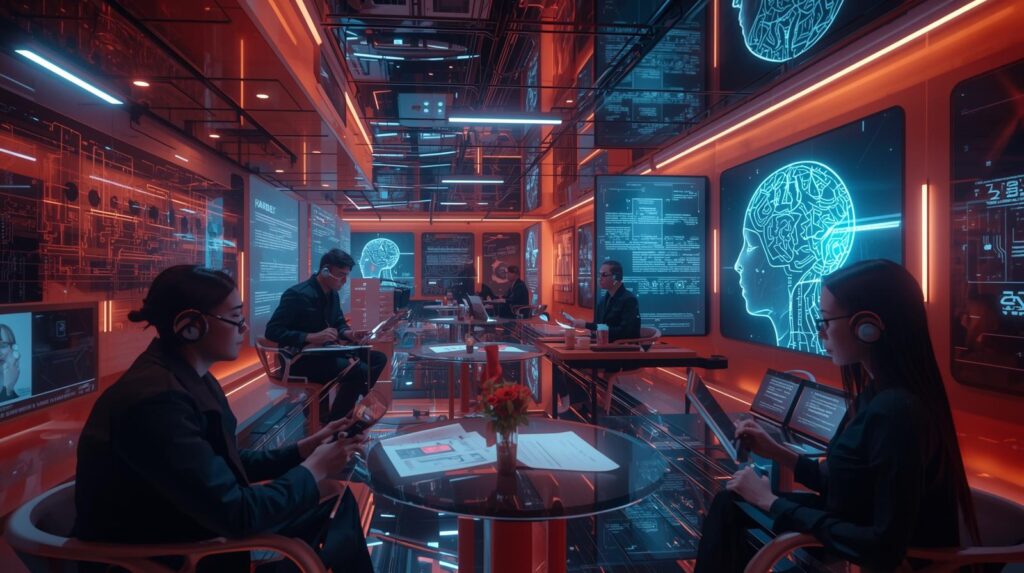
The Future: Where AI is Taking Us
AI is no longer a faraway dream, it’s our daily companion, and its journey is just beginning.
Emerging Trends
● Generative AI is creating text, music, and art.
● AI in Healthcare is helping doctors detect diseases early.
● AI in Education is personalizing learning for each student.
● AI in Business is automating tasks and improving decisions.
● AI + Robotics is shaping the workforce of the future.
Ethical Responsibilities
With great power comes great responsibility. AI must respect privacy, fairness, and transparency.
It should assist humans, not replace them, and always serve the good of society.
Opportunities Ahead
AI can help solve the world’s biggest problems, from climate change to healthcare and education.
It’s a chance to make the world more efficient, equal, and connected, if used wisely.
Conclusion:
Artificial Intelligence is not just technology; it’s a story of human creativity and progress. It reflects our desire to make life easier, smarter, and more connected. Whether you’re a student, teacher, or professional, AI is a skill of the future, and the best time to start learning it is now.
Try using ChatGPT, experiment on Google Colab, or create your own artwork with Midjourney.
Because, in the end
“AI is not replacing us. It’s helping us discover what we can truly become.”

